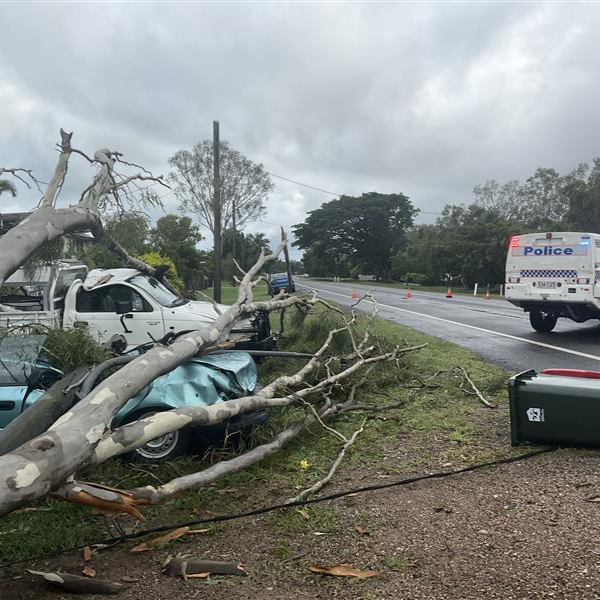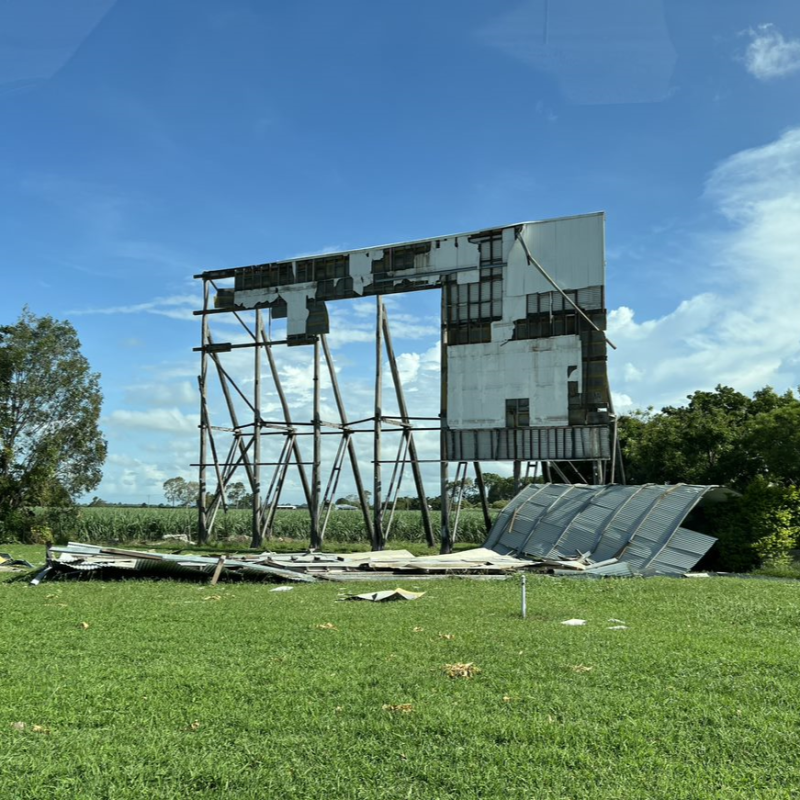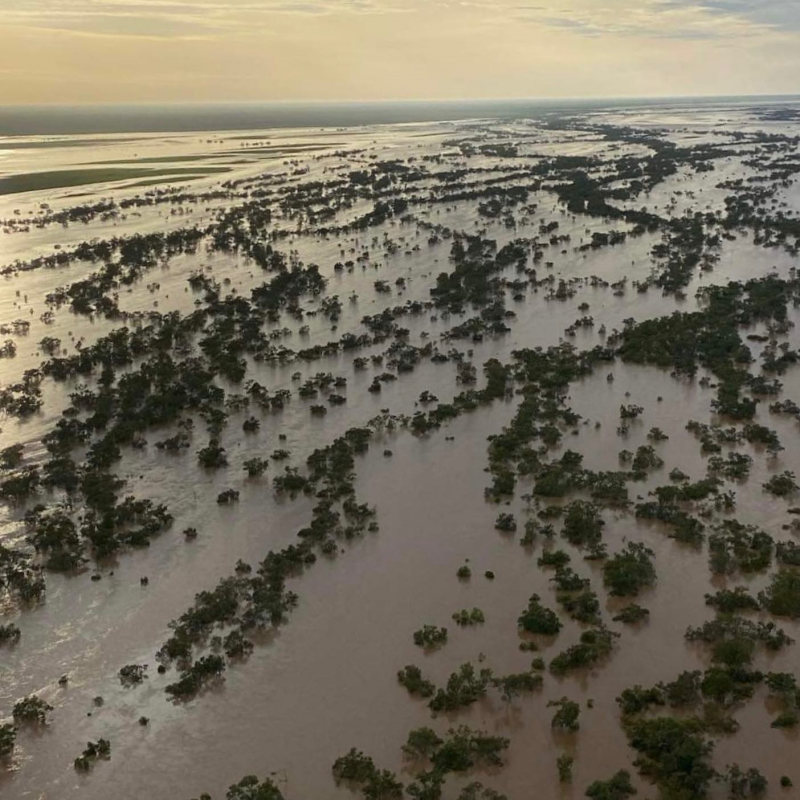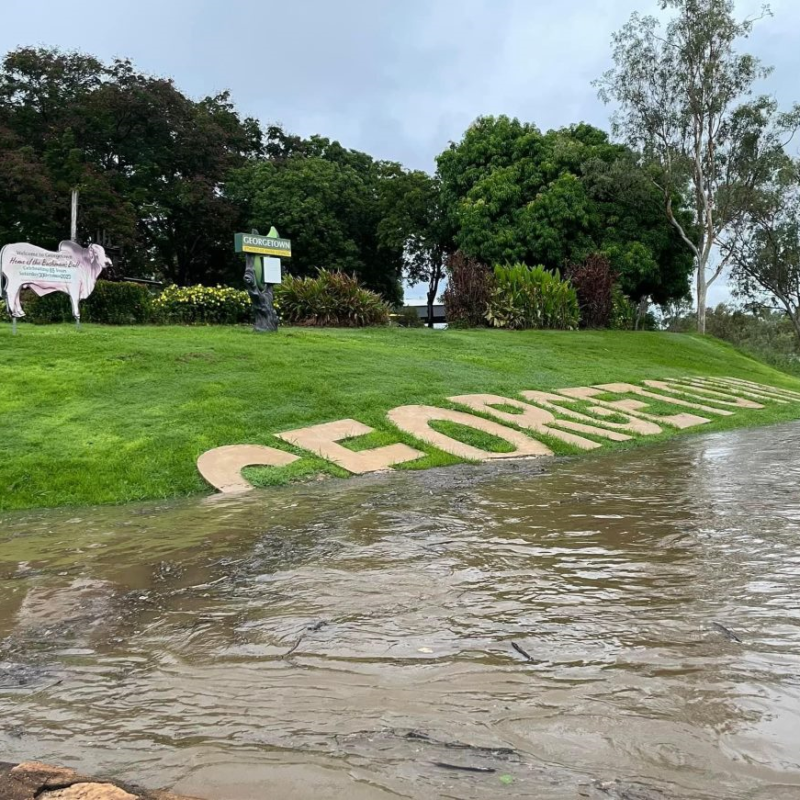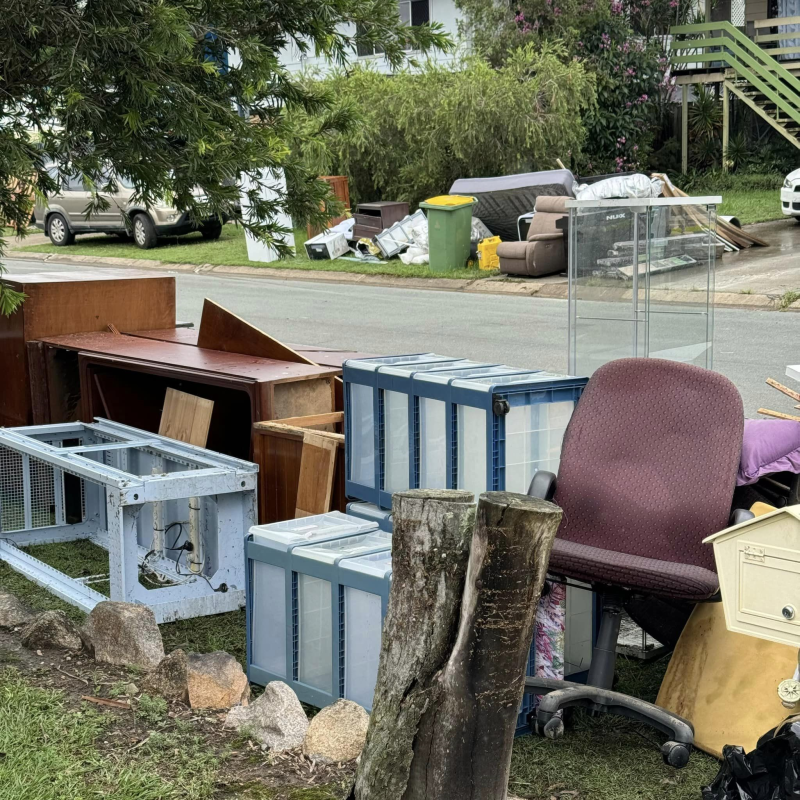Tropical Cyclone Kirrily: the northern system that became a statewide disaster event
With Queensland still reeling from the one-two punch of Tropical Cyclone Jasper and the south Queensland severe storms over the Christmas-new year period, another tropical cyclone struck, causing havoc across the state.
Tropical Cyclone Kirrily crossed the Queensland coast as a Category 1 system just north of Townsville around 10pm on 25 January 2024 and proceeded to dump more than a metre of rain, causing chaos over the Australia Day long weekend.
Soon after Kirrily’s arrival, power outages and localised floodwaters impacted thousands around the greater Townsville area.
A few days later, overnight on 29-30 January, more than 300mm of rain fell across SEQ, causing severe and widespread flash flooding.
Queensland Fire and Emergency Services (QFES) carried out 13 swiftwater rescues in the Moreton Bay suburbs of Bray Park and Brendale where houses were inundated.
QFES were also called to homes in the Somerset, Lockyer Valley and Darling Downs regions.
But Kirrily wasn’t done yet and continued to generate record amounts of rain in the weeks that followed.
Towns as far afield as Kynuna in McKinlay and Warra in the Western Downs were evacuated ahead of floodwaters.
Out west, Kirrily turned the dusty plains of the Diamantina into an inland sea, isolating towns and homesteads throughout western Queensland.
Kirrily has been a very significant event, with the effects felt from Mornington and Burke in the Far North-west to Moreton Bay, Ipswich and Southern Downs in the south-east.
To date, more than 1,270 initial damage assessments have been conducted across Queensland, revealing 126 properties suffered minor damage, 96 properties had moderate damage, 29 had severe damage, and one property was totally destroyed.
In response to Kirrily, the Queensland Reconstruction Authority (QRA) activated a range of disaster assistance measures under the joint Commonwealth-state Disaster Recovery Funding Arrangements (DRFA) to support flood-affected individuals and families with their immediate recovery needs.
This included Personal Hardship Assistance grants for the purchase of emergency items like food, clothing and medicine, and other financial measures to help eligible residents make their homes safe to live in and to reconnect essential services.
As at 21 February 2024 more than $16.8 million in Personal Hardship Assistance payments had landed in the pockets of Queenslanders, benefitting 93,110 people.
Funding was also made available for councils to address immediate recovery needs such as the restoration of public assets and to reimburse for counter disaster operations like sandbagging and the stand up of local evacuation hubs.
There has now been 32 councils activated for some form of DRFA assistance in response to ex-Tropical Cyclone Kirrily, more than 40 per cent of the state.
This was a highly unpredictable weather system, but QRA is doing whatever is needed to help Queenslanders get through this challenging period and progress on the road to recovery.
